Could Titanic have survived? Digital scans show how close it came
A 3D model built from 700,000 images of the wreck shows the small damage that condemned the ship — and confirms how its heroic crew saved lives.
As water started to come into RMS Titanic’s boiler room five, Joseph Bell, the chief engineer, knew both his fate and his duty. He sent his stokers to try to save themselves, but took his 35 engineers below decks to boiler room two - the only one that could still give power to the ship. It was certain death, but it may have allowed others to live.
Such stories of heroism from the crew of the Titanic are celebrated and often disputed, but we now have tangible proof of the bravery that did save lives on the doomed liner - and how incredibly close the ship came to not sinking at all.
A digital twin of the Titanic, revealed in 2023, has been closely studied to better understand what happened on the night the ship sank. The findings, which will be shared on the National Geographic show Titanic: The Digital Resurrection, tell heartbreaking stories.
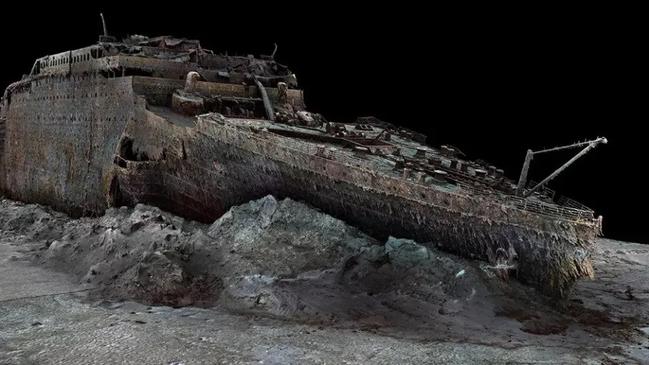
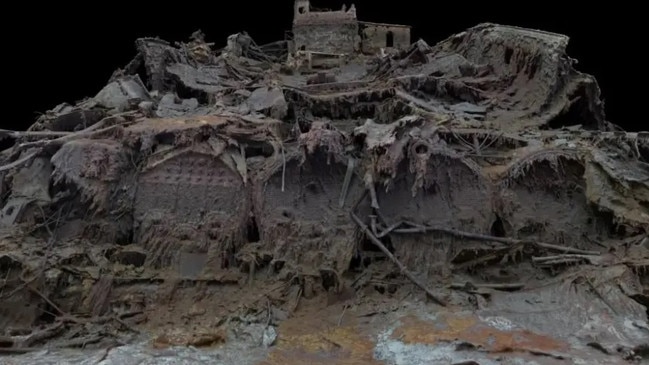
“This is the most impactful thing that has happened since the wreck was first found in 1985,” Parks Stephenson, a Titanic expert who has conducted research on the model, said. “Every time I think I’ve seen everything I need to see out of this, I see something new. This digital twin has opened up a whole new thought process.”
Aside from the human stories, the scan has been used to try and clarify details of the ship’s collision with the iceberg. A new model of the impact has been made, and its findings are agonising: the ship was inches away from survival.
Based on a glancing blow with the iceberg lasting 6.3 seconds, the damage would have been a thin gash on the starboard side - seemingly insignificant when compared with the size of the ship. However, it would have been long, covering 18 square feet and penetrating six of the ship’s compartments. The Titanic could have survived the flooding of four compartments but, at either end of the wound, there were tiny bits of damage. At one end the damage had only just crept into a new compartment. At the other, it was no bigger than two pieces of A4 paper: minuscule, but sufficient.
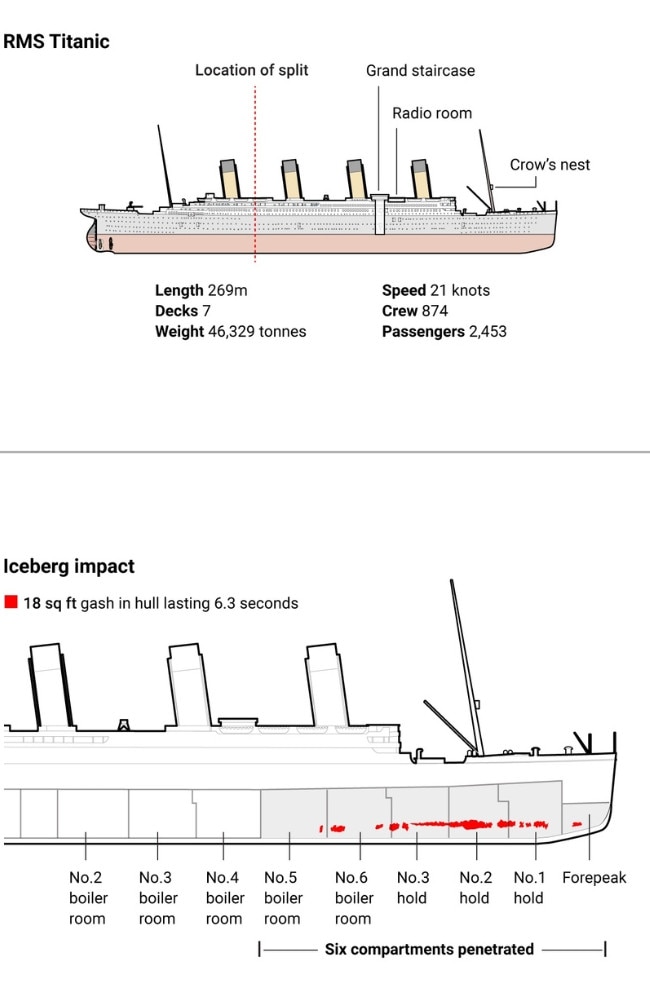
The model was also used to test a long-held theory that the decision to try to avoid the iceberg sealed the ship’s fate. It suggested that a head-on collision would have left the ship afloat as only the front four compartments would have been affected. However, lives would still have been lost: the bow would have been crushed, along with hundreds of souls on board.
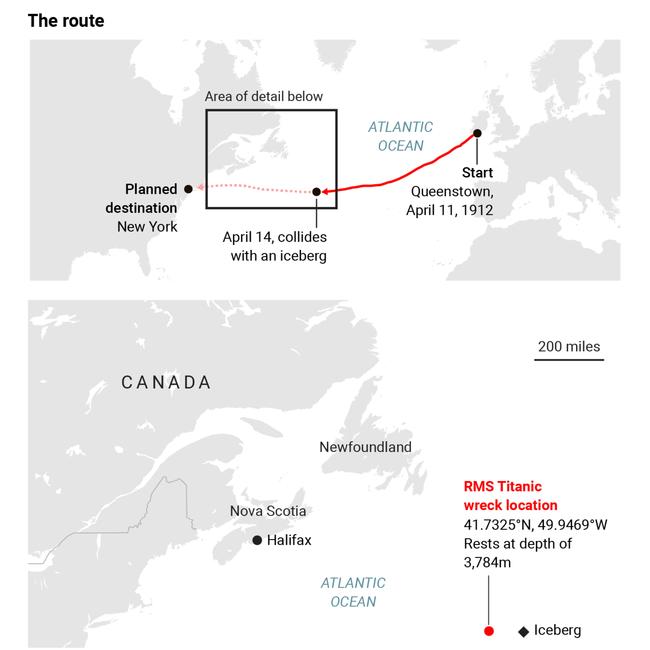
After years of relying on confused and contradictory witness testimony, scientists can put on a VR headset and walk around the shipwreck, piecing together vast amounts of evidence about what happened on April 14, 1912.
“The detail goes down to a single bolt,” Anthony Geffen, the producer of the documentary, said. “For the first time we really can allow scientists to do real science and come up with proper conclusions.”
Geffen is a Titanic obsessive but, after an expedition in 2019, he was frustrated by how hard it was to see the wreck in the darkness of the deep ocean. As the chief executive of Atlantic Productions, he contacted a firm called Magellan. It built two submersibles, Romeo and Juliet, which scanned 700,000 images of the wreck, generating 16 terabytes of data.
Despite the immense scale of this technological achievement, some of the most telling details in the model are very small: a smashed porthole, a steam valve, a pair of shoes.
The steam valve was the most revealing. It was far from where it was supposed to be, torn from its rightful place by the immense forces involved in the sinking, but something about it was remarkable: it was open.
This indicated that it had been used to get steam out of boiler room two, where Bell and his men were. The hot gas would have allowed the electricity to keep functioning, aiding lifesaving attempts on board. Aside from knowing they would die, Bell and his men would have worked in the most horrendous conditions as water and steam rose around them. It appears that they maintained this for two hours and that the boiler was still running when the ship split in two. The boilers were vast and stand out in the modelling of the wreckage. Bell and his team’s actions allowed many people to board the lifeboats.
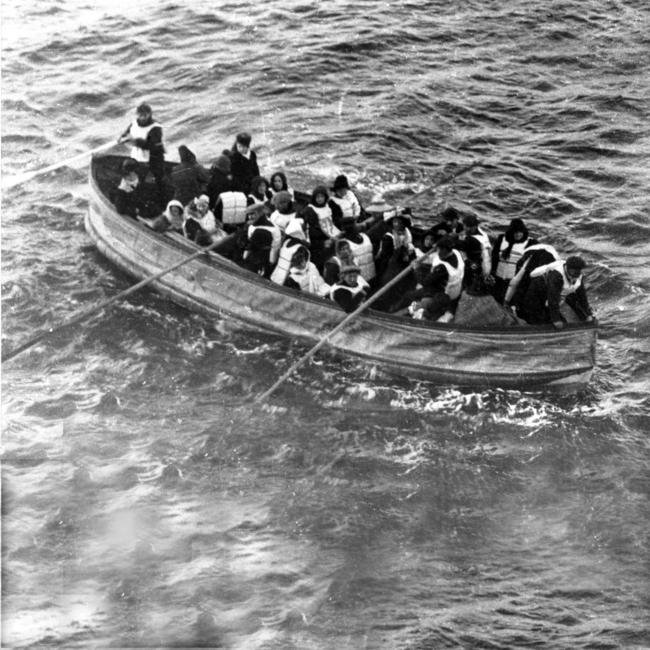
Another sign of bravery is on the deck, where a davit - the mechanism used to release lifeboats - had been left up. This makes it clear that the crew were trying to launch a lifeboat right up to the point when the sea stopped them.
Insufficient lifeboats were on board because it was thought that other vessels would come to the aid of a stricken ship. About 1,500 people died out of 2,453 passengers and 874 crew onboard.
Other details speak to the nature of the sinking.
A smashed porthole provides a rare sign of the damage caused by the iceberg. It corroborates the claim of Margaret Swift, in first class, that the ice came in through her window. It also proves that the iceberg was at least nine metres above the waterline.
The damage that caused the sinking remains frustratingly out of view as the ship crashed into the sea bed with such force it was partly buried beneath the sediment. However, the model, combined with Titanic’s blueprints and what is known about the boat’s speed, has allowed researchers to simulate the iceberg strike.
Further finds are haunting. There is a pair of shoes that probably mark the final resting place of a third-class passenger whose remains are now long gone. A shark-tooth charm, which grabbed headlines when it was located via the scan in 2023, has been linked to Colonel John Weir - a first-class passenger who perished on board - through the use of insurance claims and other evidence.

Plenty of other mysteries remain, including a doll’s head in the wreckage.
“We’re continuing to piece artefacts together using technology and AI so that you can tell whose doll’s head that was,” Geffen said. “There are letters which have still got ink on. And those are real people, real human stories. The more magnification we put on it, the more tragic and more personal the Titanic story becomes.”
As for the model itself, Geffen said this was “just the beginning” in terms of research and how close it could take a stillfascinated public to this most famous wreck.
“I wanted to have a Titanic which was there for everybody and was fixed in time and wasn’t going to deteriorate,” the producer said.
Geffen added: “The scan is so special and extraordinary that people are going to be able to explore it in lots of ways in the coming years.”
Titanic: The Digital Resurrection will premiere on the National Geographic channel on Monday, April 15
The Times


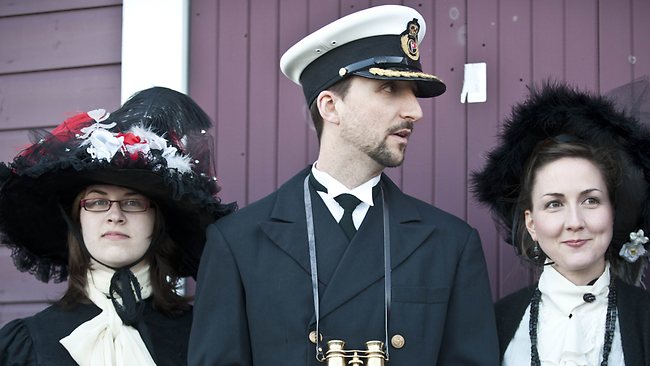
To join the conversation, please log in. Don't have an account? Register
Join the conversation, you are commenting as Logout